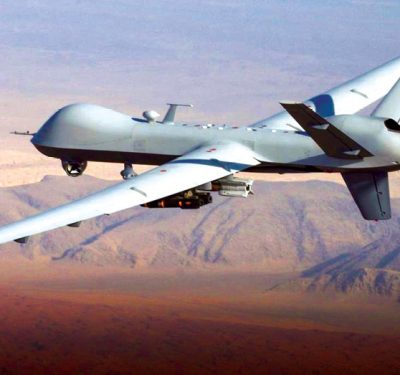On Feb. 5, NASA showed off its newest and smartest unmanned Global Hawk aircraft to reporters at NASA’s Armstrong Flight Research Center located on Edwards AFB, CA. Shorealone Films photographer Matt Hartman went there to report about the NASA’s Global Hawk fleet. These aircraft have been helping NOAA scientists, researchers and forecasters with gathering weather information from altitudes and conditions not suitable for humans. The missions tasked by these aircraft can last almost 24hours without refueling. The Sensing Hazards with Operational Unmanned Technology (SHOUT) project led by the NOAA Unmanned Aircraft System (UAS) Program, will deploy the NASA Global Hawks carrying a suite of meteorological sensors and deploying dropsondes during four research flights in February. NASA GH 3 According to the NASA website, the agency acquired its three drones from the U.S. Air Force. These are among the very first UAS (unmanned Aerial Systems) built under the original Global Hawk Advanced Concept Technology Demonstrator development program sponsored by DARPA (Defense Advanced Research Projects Agency). The Global Hawk is a gigantic drone: 44 feet in length it has a wingspan of more than 116 feet, a height of 15 feet, and a gross takeoff weight of 26,750 pounds, including a […]







